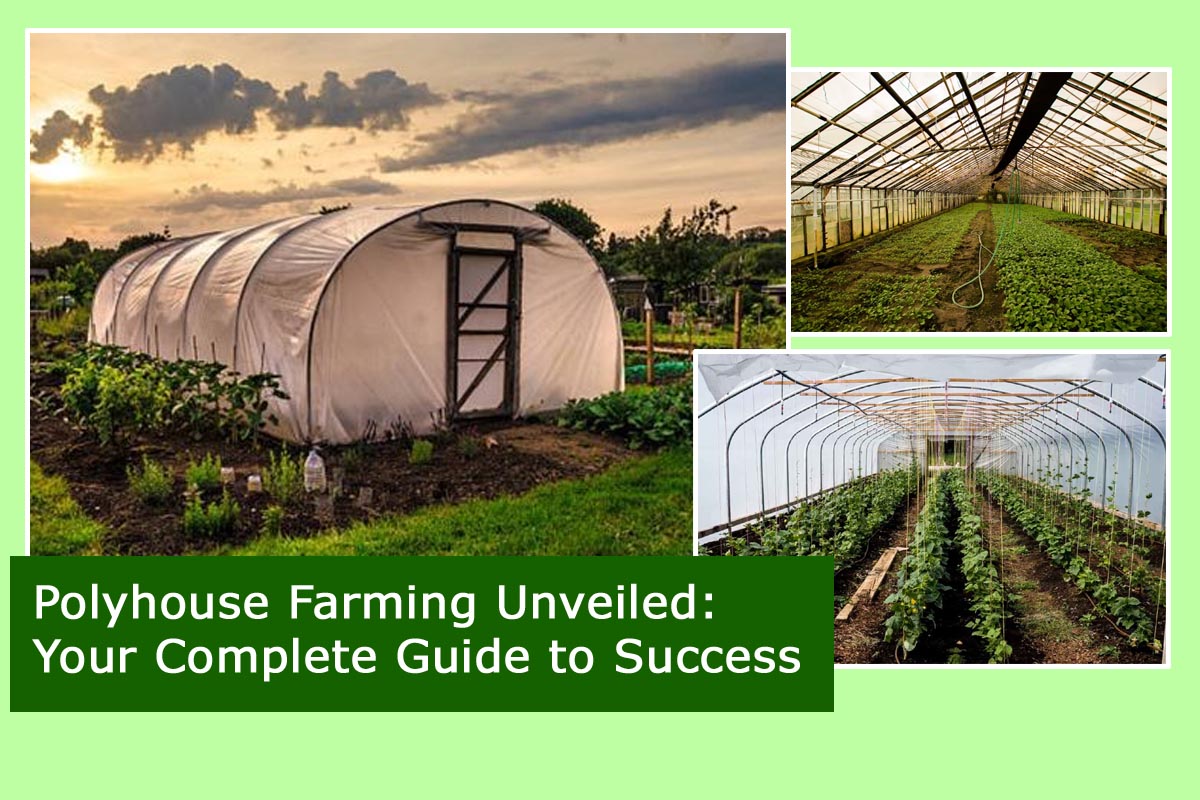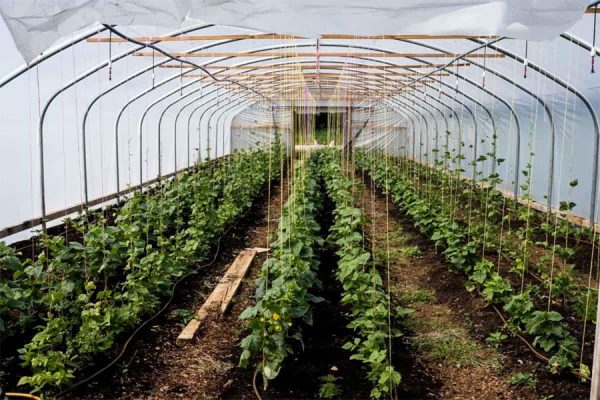Blogs
Water Efficiency:
The efficient use of water is a significant benefit of polyhouse farming, as irrigation systems can be tailored to deliver precise amounts of water directly to plant roots. This minimizes water wastage and helps conserve this precious resource.
Pest and Disease Control:
Polyhouses provide a protective barrier against pests, insects, and diseases, reducing the need for chemical pesticides and herbicides. This promotes healthier plants and minimizes the risk of crop damage or loss.
Space Optimization:
Polyhouse farming allows for efficient utilization of space, making it suitable for urban and peri-urban areas where land availability is limited. Vertical farming techniques can further maximize space utilization, enabling growers to produce more in less area.
Also Read This : Transforming Waste into Garden Gold: Top 7 Kitchen Scraps for Thriving Gardens






